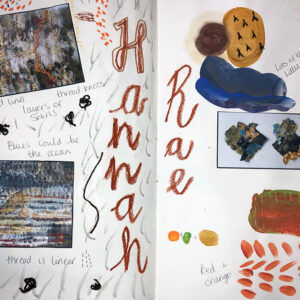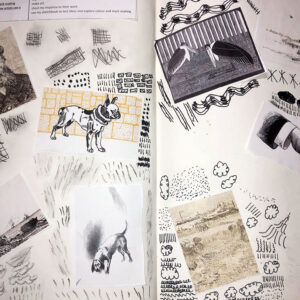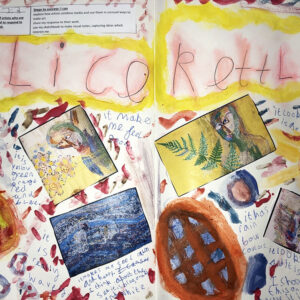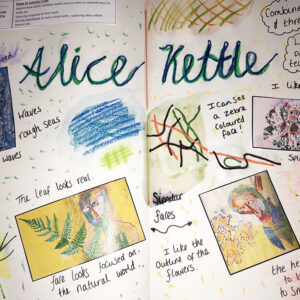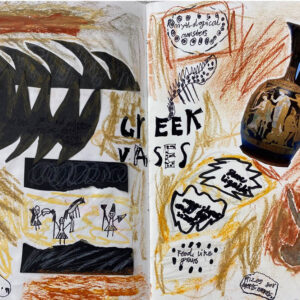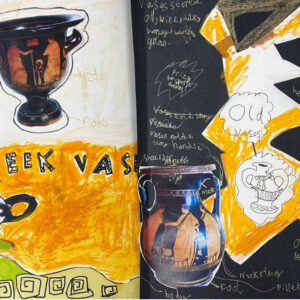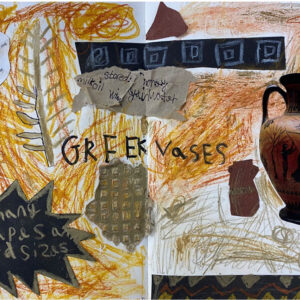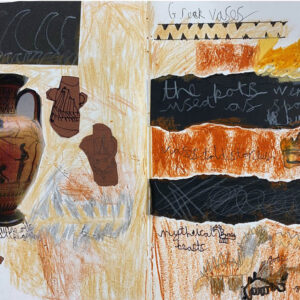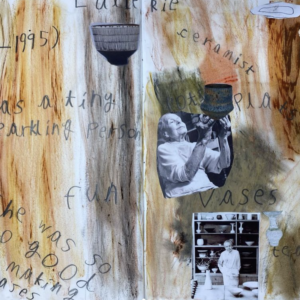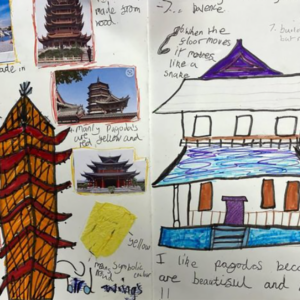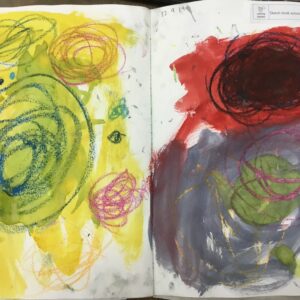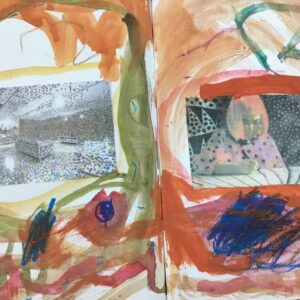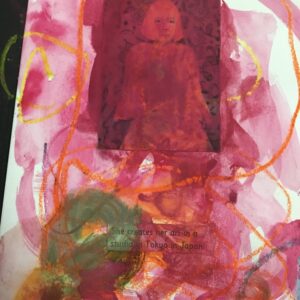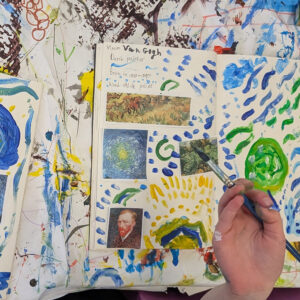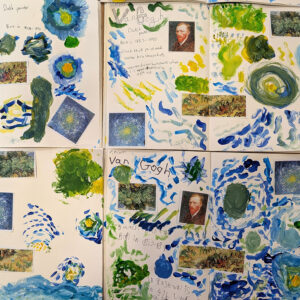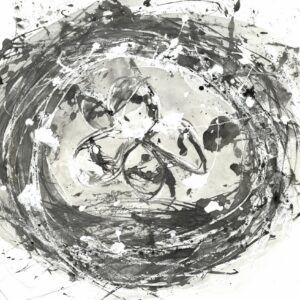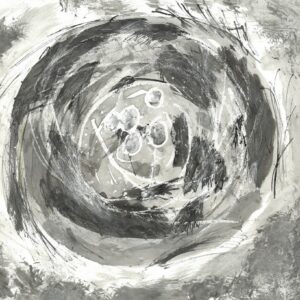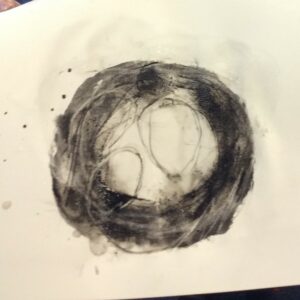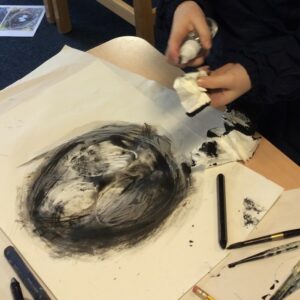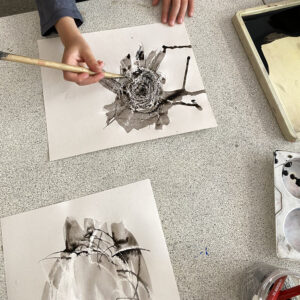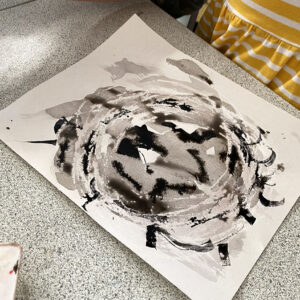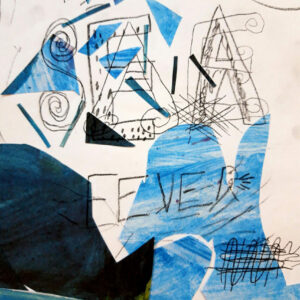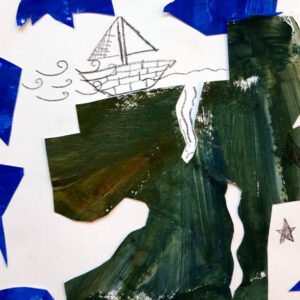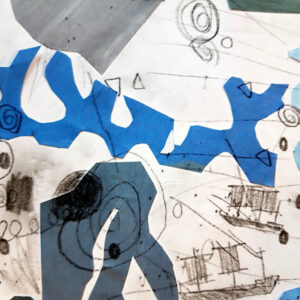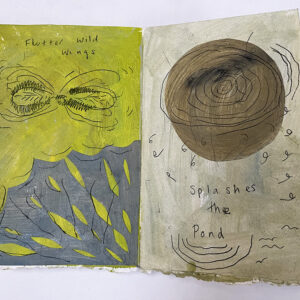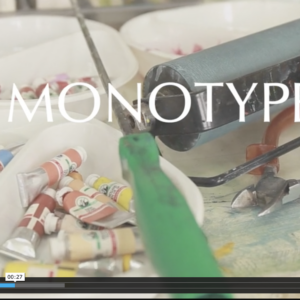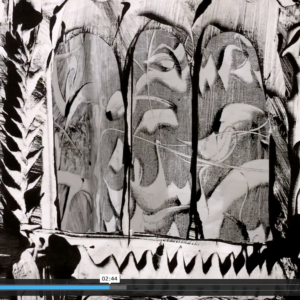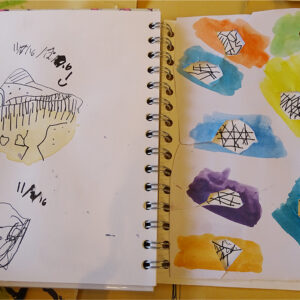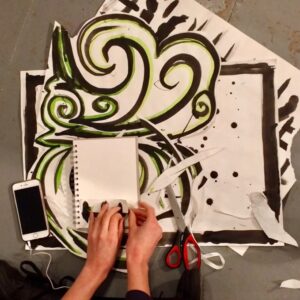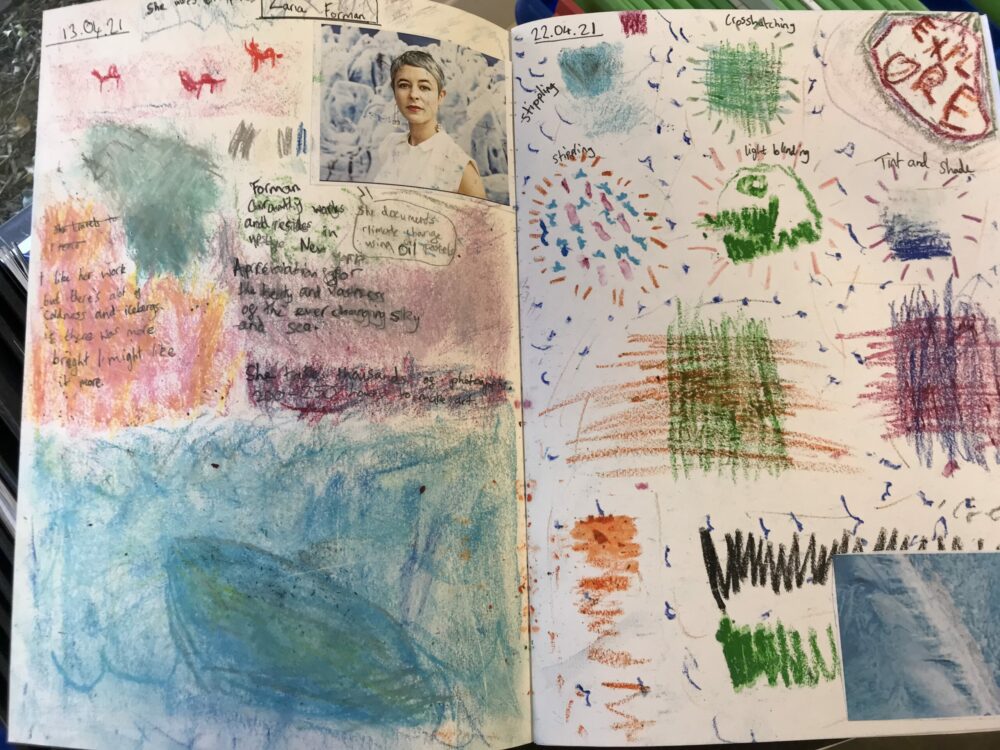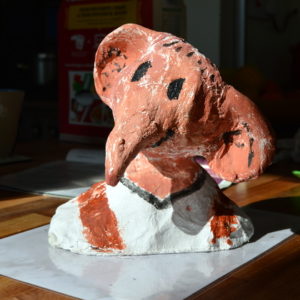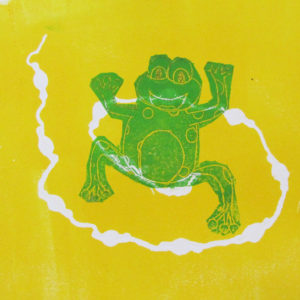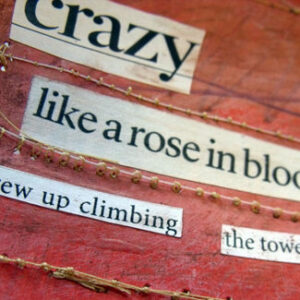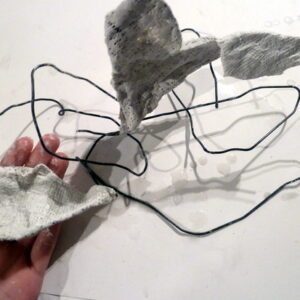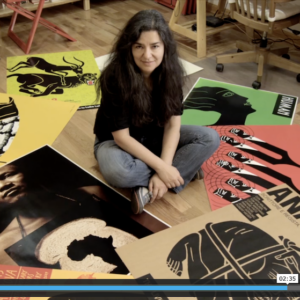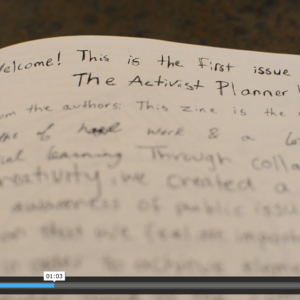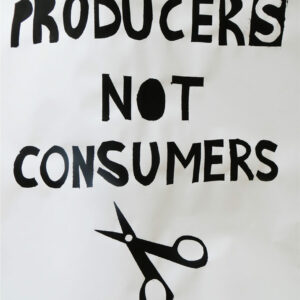By Rachel Thompson.
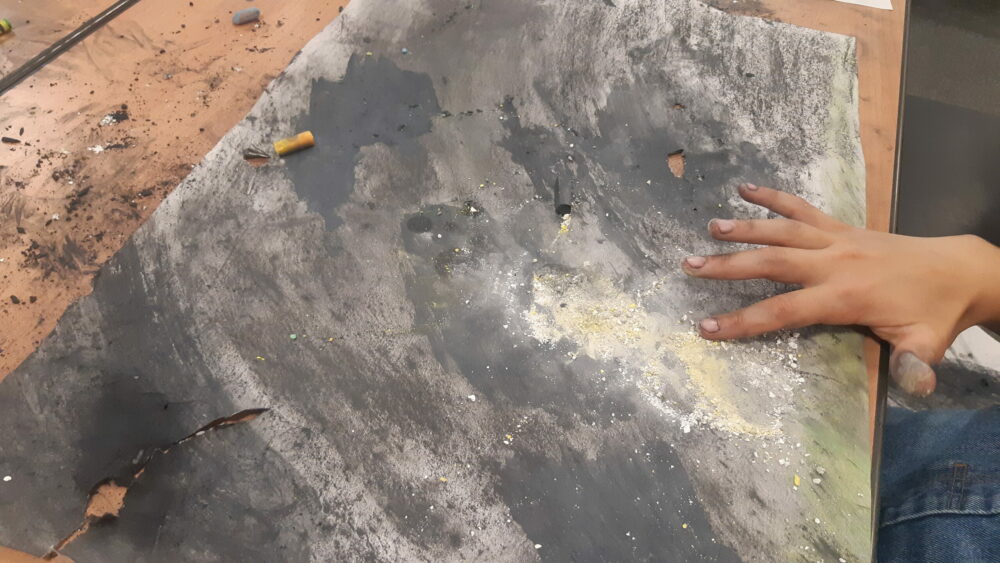
In this first of six resources on Shakespeare’s Macbeth, children are invited to explore the atmosphere of moorland or heaths using charcoal.
The aim of the session is to encourage an exploratory approach to using charcoal, and to move towards creating a landscape drawing that captures the dramatic and foreboding atmosphere at the play’s opening. We recommend leaving the finer details and approach open for the children to interpret.
Back to all six sessions here.
Session One: Heath Landscape Painting
Warm Up: 15 minutes
Main Activity: 45 minutes
Materials Needed: Sketchbooks, A2 Cartridge paper, newsprint, buff sugar paper, soft pencils, dry brushes, charcoal, coloured pencils, erasers
Focus Theme/s: Order and Disorder
Time to warm up! Exploring charcoal through guided drawing prompts.
Take a piece of sugar or cartridge paper, or your sketchbook. We’re going to explore the types of marks you can create using charcoal.
Remember, this is not about creating a ‘picture’. There is no subject matter. It’s just some time and space to explore this material and see what it does.
Get quiet and settled. Take a moment to hold and feel the charcoal in your hands.
When you are ready: Hold the charcoal on its side and move it across the paper. Cover lots of the paper. You’ll see it produces lots of dust. Use your finger to smudge the dust into the paper. Create a grey ‘blanket’ background.


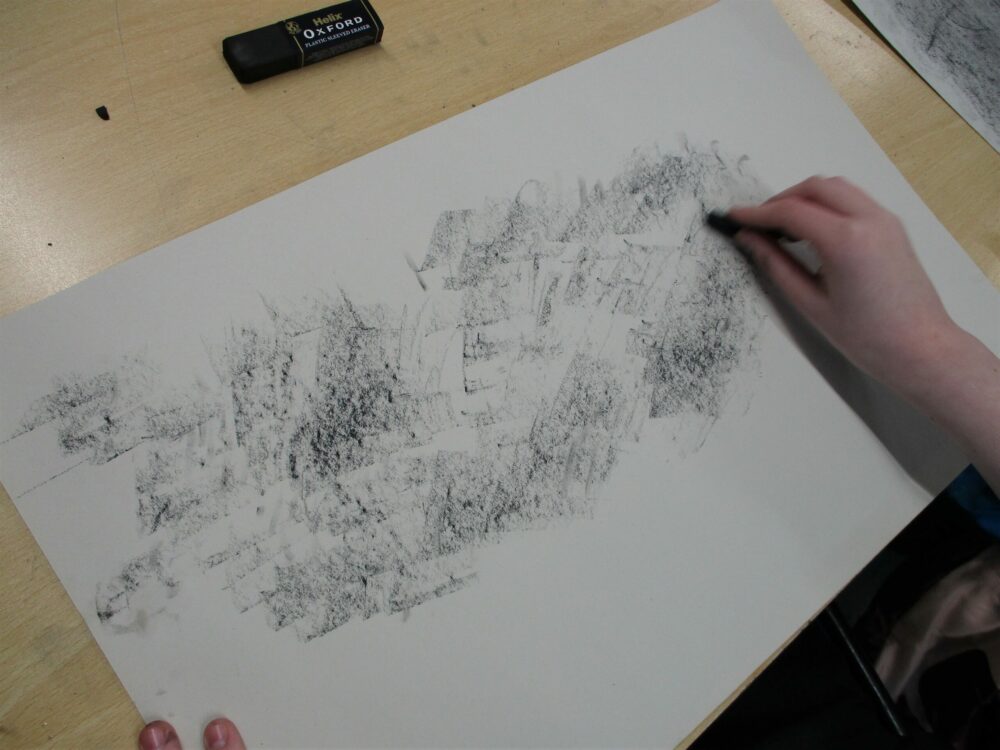
Work into this background using an eraser. Can you erase the charcoal completely back to the paper or does some grey still show?

Using the end of the charcoal, press harder into to paper to create sharper lines. Draw some hard lines from one end of the paper to the other. Do the same, but this time with softer pressure.
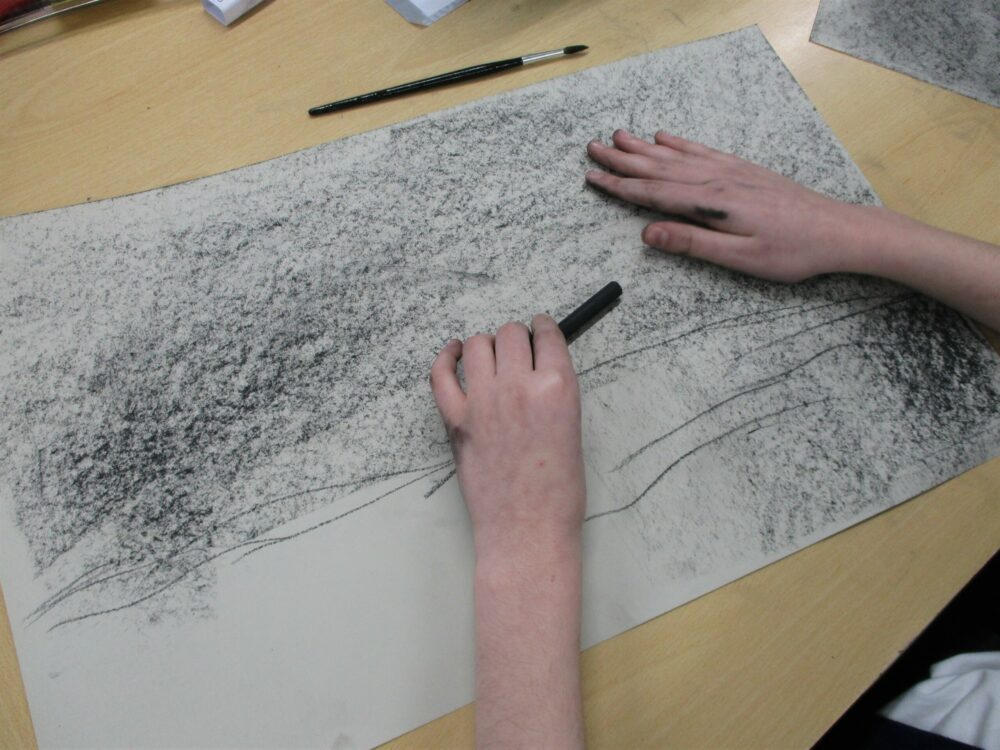
Circle and spiral the charcoal.

Dot and dash the charcoal.
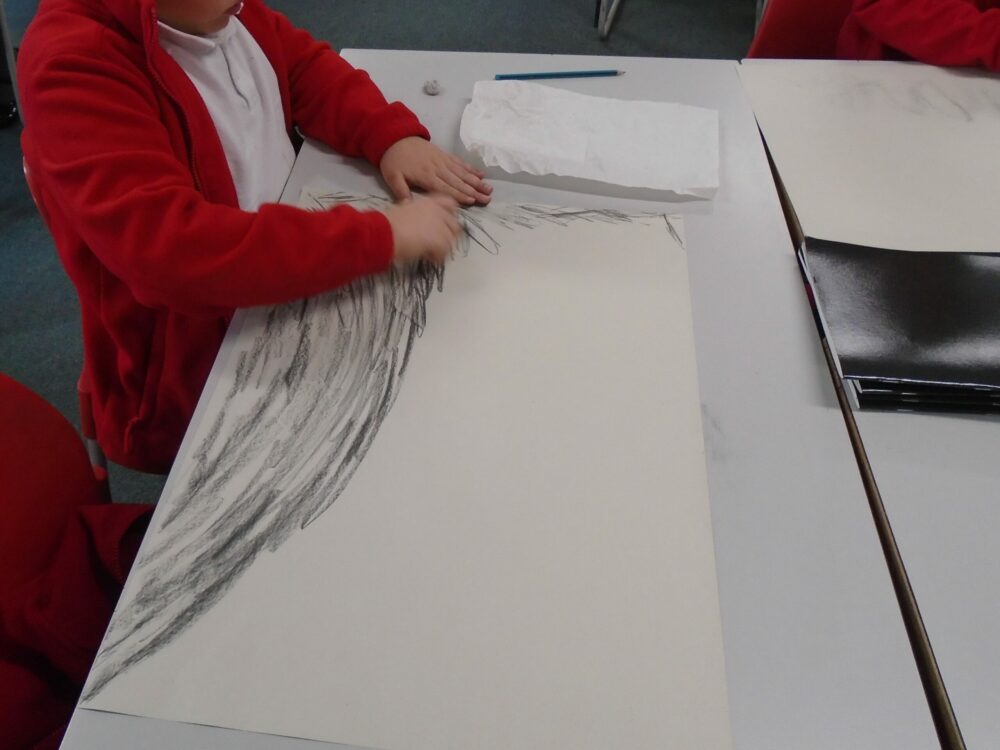
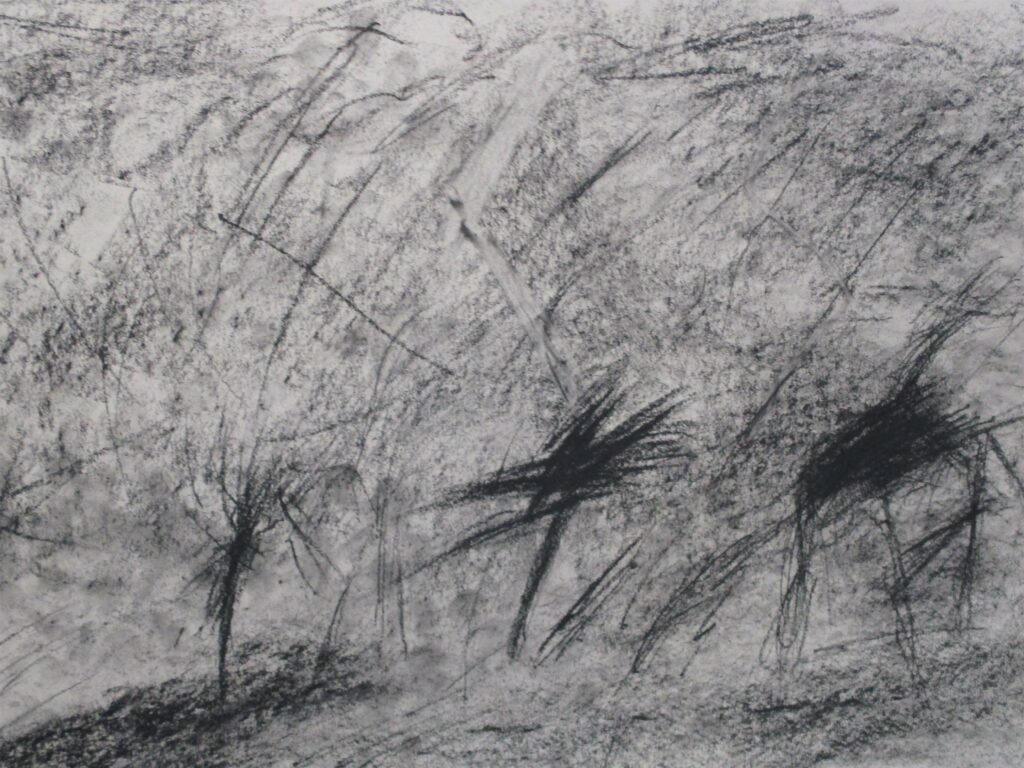
Crush a little section in your hands and sprinkle it on the paper. Press is down or smudge it.
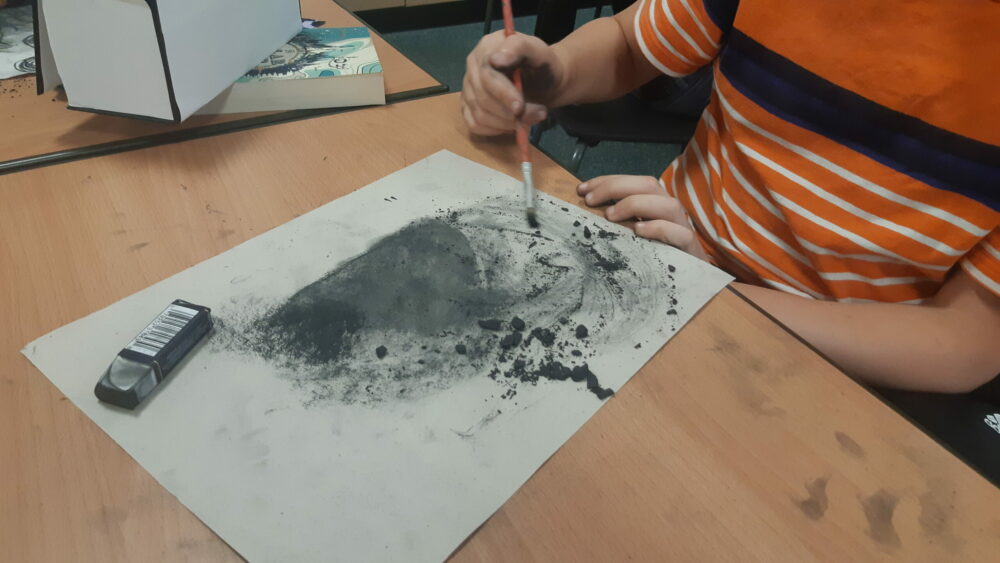
Scrub the crushed charcoal into the page with a dry brush.
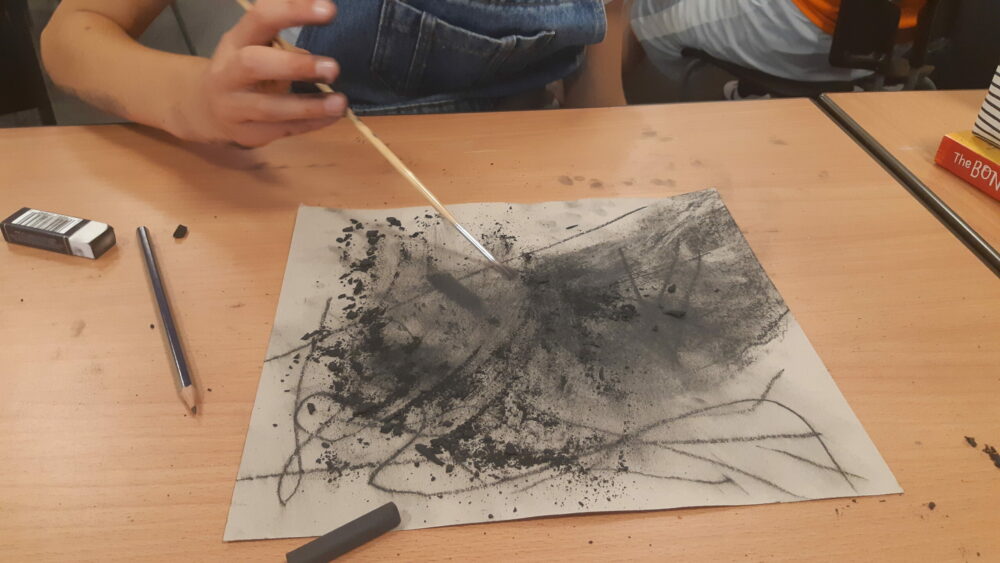
What happens when you add a (tiny) amount of water?
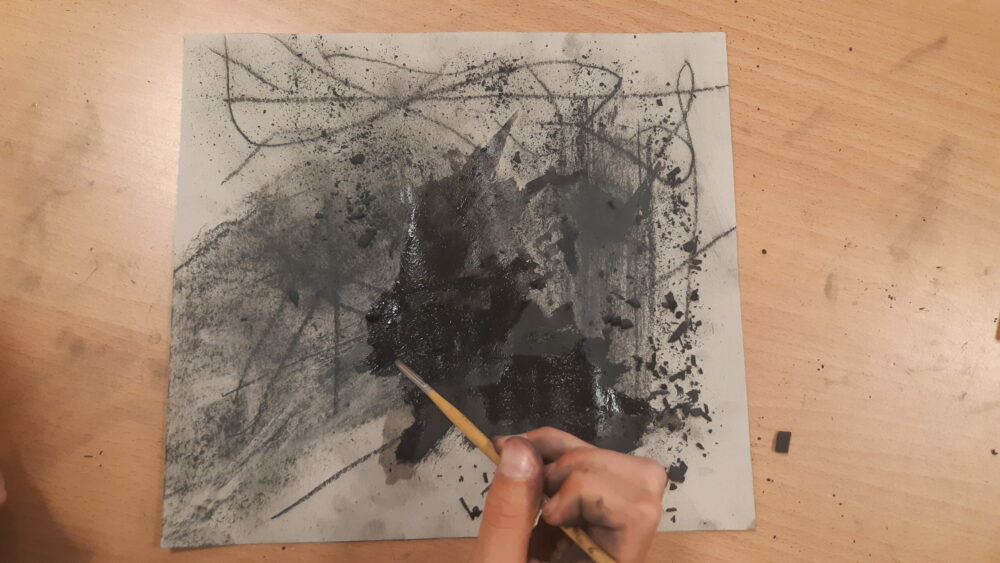
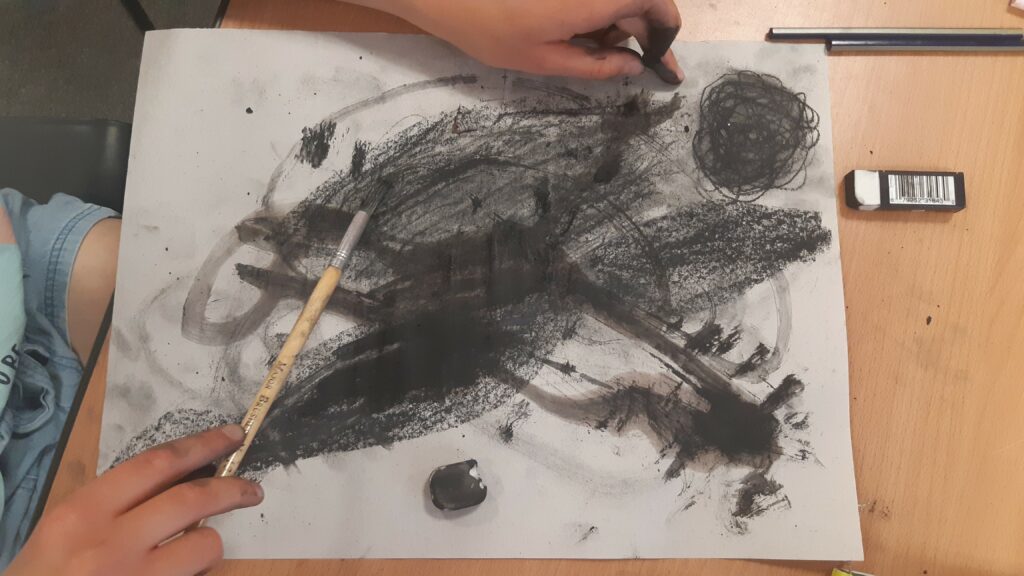
Starter discussion:
At the start of the play we meet the witches gathered on the wild moors of Scotland. They discuss how they plan to meet Macbeth.
Shakespeare’s description of the landscape is very short – and yet it evokes a particular type of atmosphere. What does the description in Act 1 Scene 1 tell us about this atmosphere?
‘An open place. Thunder and Lightning’
What type of landscape do you imagine the witches are in and how does this add to the sense of foreboding?
How is our perception of this landscape deepened by the following words in the same scene?
‘Fair is foul, and foul is fair:
Hover through the fog and filthy air’
Say these words out loud several times as a group. Notice the words you emphasise the most.
Context:
The witches’ line, ‘Fair is foul and foul is fair’ applies to both the weather and the country’s disorder due to its history of war and battles for power. The theme of disorder is key to the play Macbeth and Shakespeare often uses the weather to communicate this in his plays.
The idea of social order was important in Shakespeare’s time. It was believed that God brought power to the universe and that Kings were appointed by God to preserve this order.
How can we explore this through drawing?
Main Activity: Heath Landscapes.
Building on the techniques used in the warm up, take a large sheet of paper, some charcoal, some drawing pencils and an eraser.
Take a moment to imagine the landscape where we meet the witches. Has anyone ever visited a moor or a spooky landscape before? How did it make you feel?
Using your charcoal in the different ways used during the warm up, begin to create your impression of that landscape.
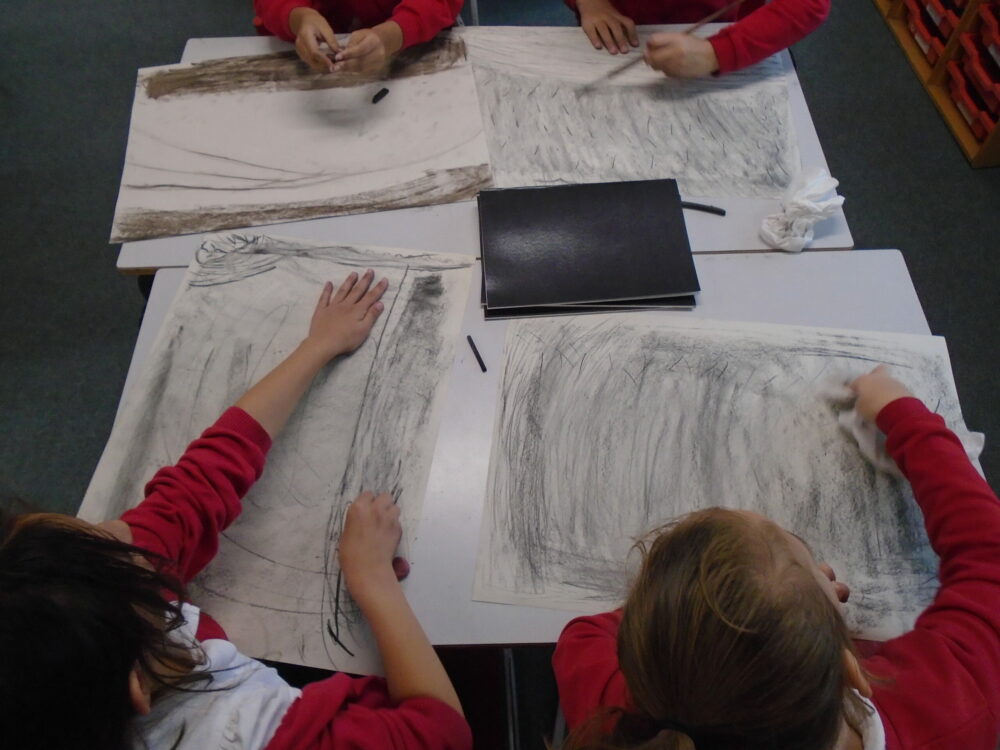
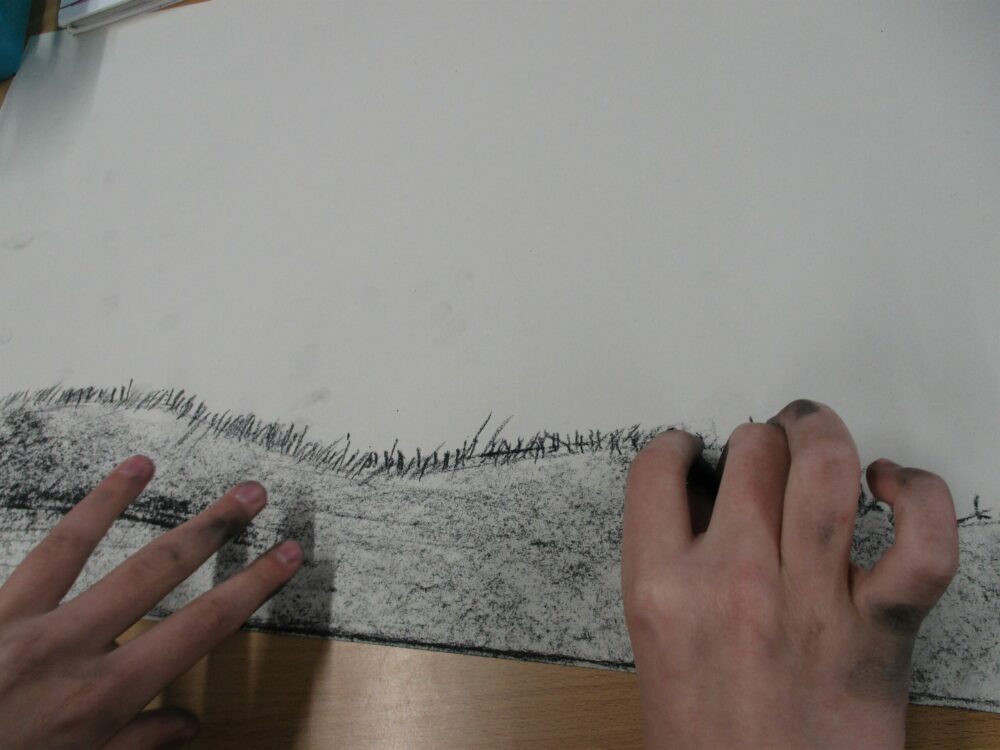
If you don’t want to work on the large paper straight away, work in your sketchbooks (that’s what they’re for!), developing your ideas, until you feel more confident.
Perhaps you want to create a grey blanket background, using smudging to create areas of light; use line to draw features such as low-lying hills or undulations in the landscape; or use pressure to create dark areas of shadow.
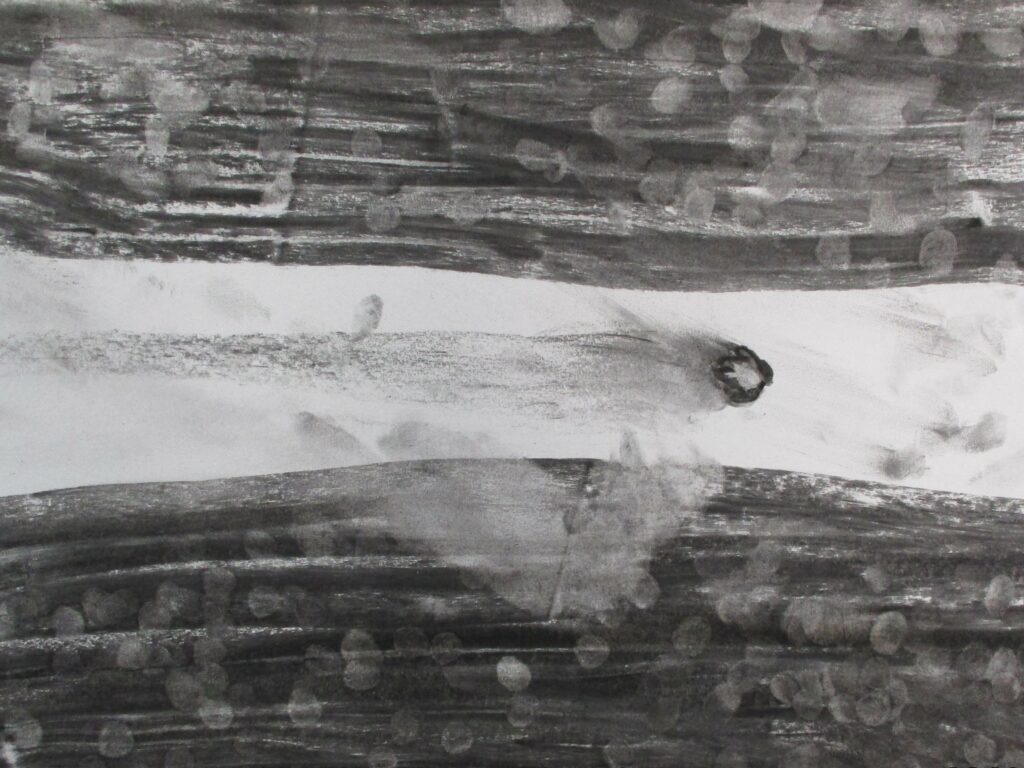
You didn’t use pencils or other drawing materials in the warm up, but use them now to see how they look alongside the charcoal. How do they differ? Can you build one material over the other?
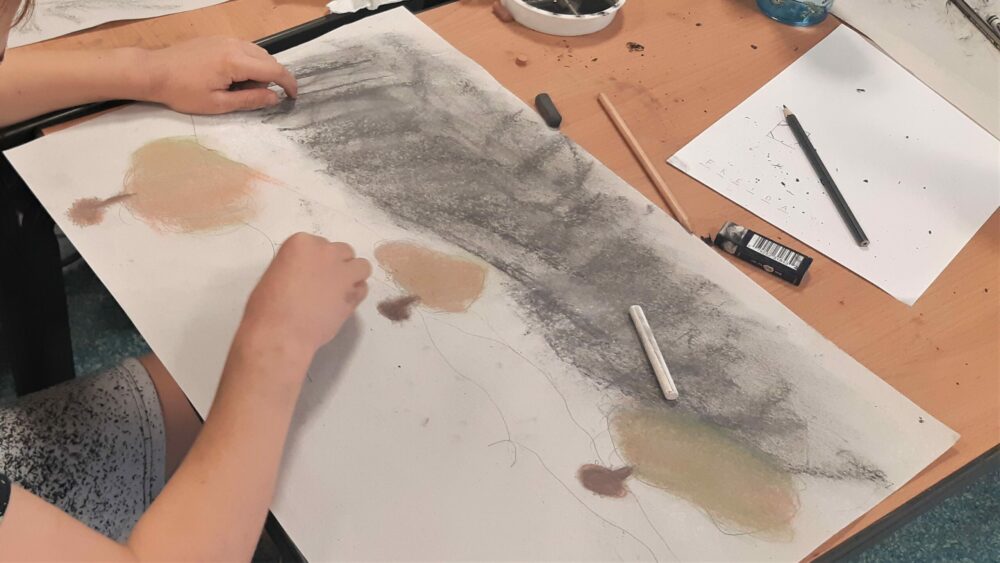
Consider what the sky looks like – how can you depict ‘fog and filthy air’?
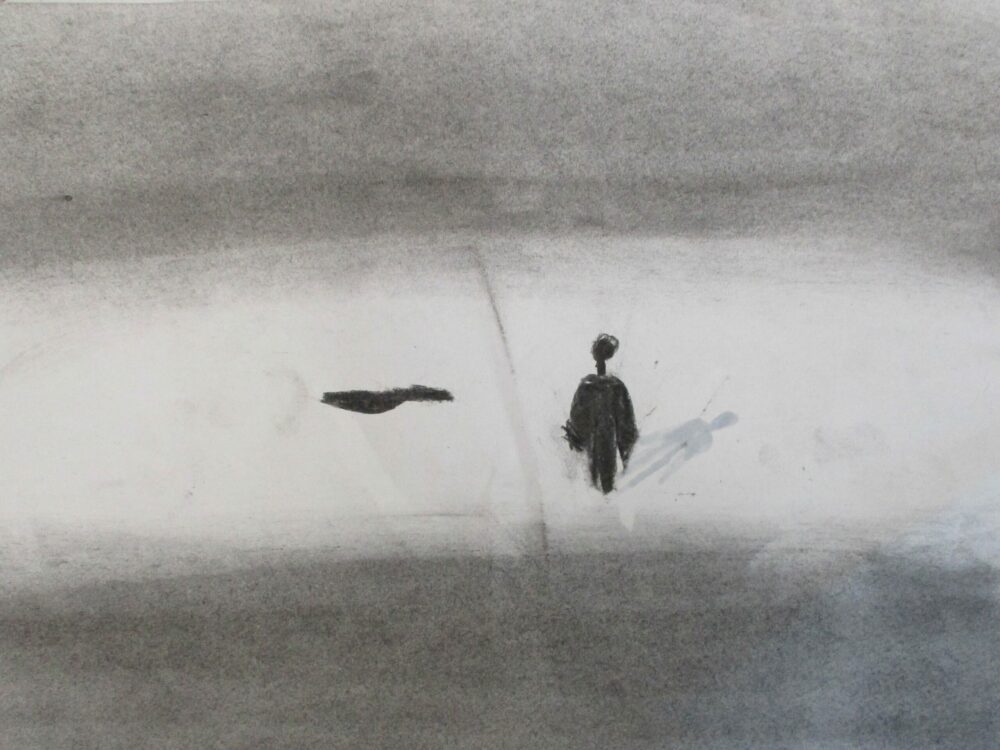
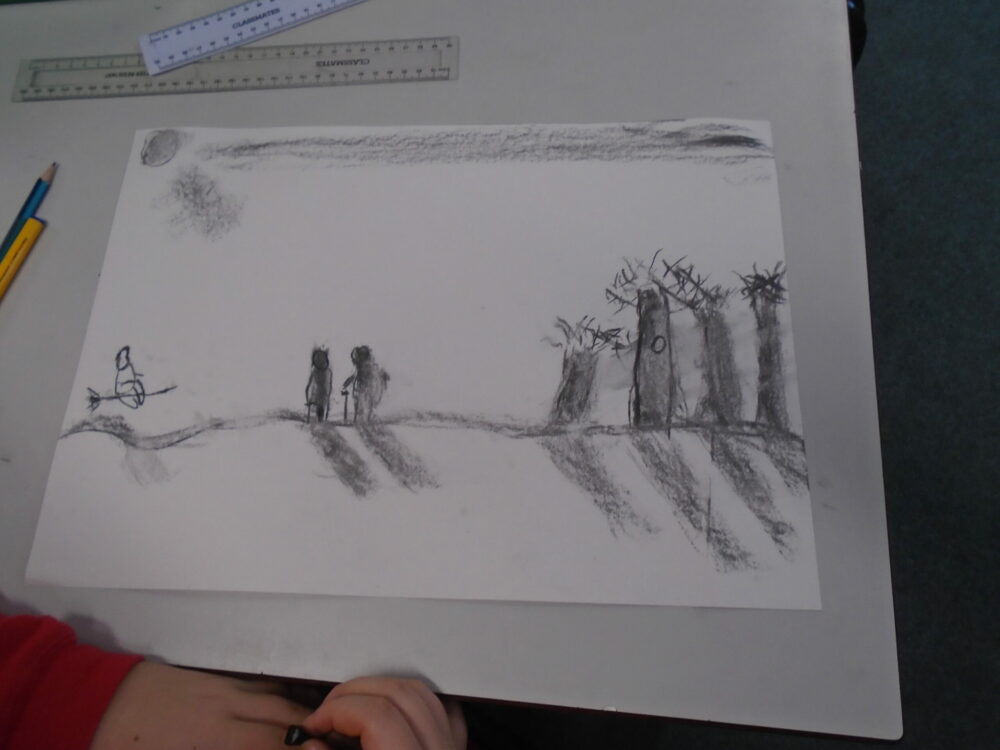


Are there any plants and trees in the foreground or distance? Can you create a sense of perspective?


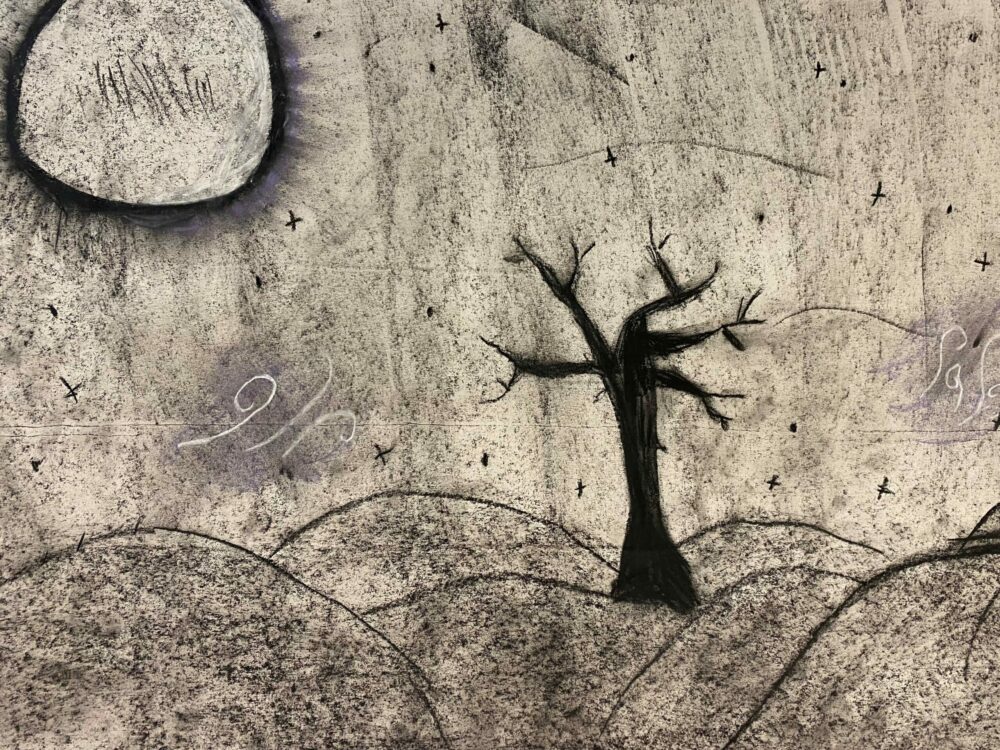
Think again about the theme of disorder. How can you communicate this theme through the marks you’re making?

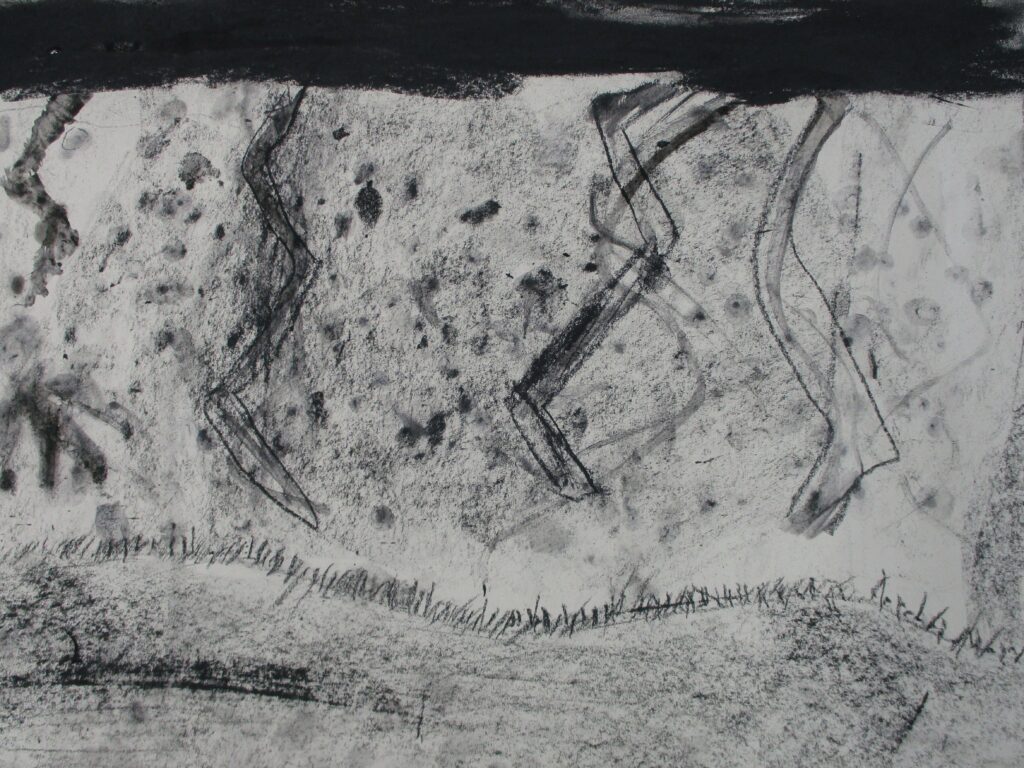
Remember this is your personal impression and your opportunity to use your imagination.

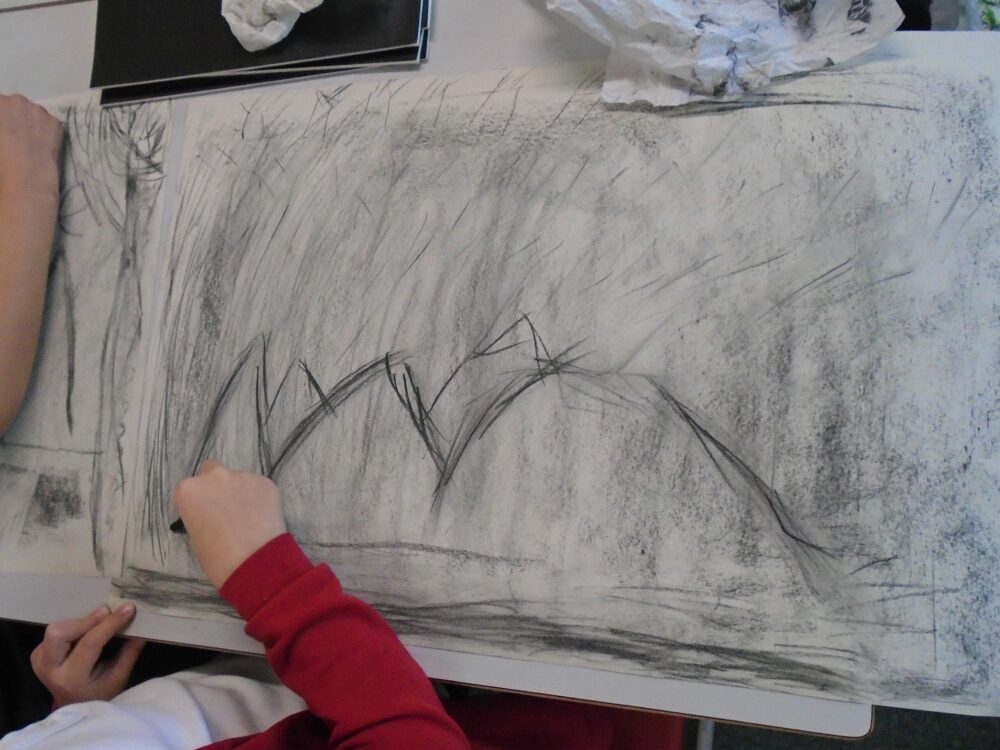
Take your time – you have about 45 minutes to complete your picture – but if you run out of time, come back to it another day. Keep building the layers until you are happy.
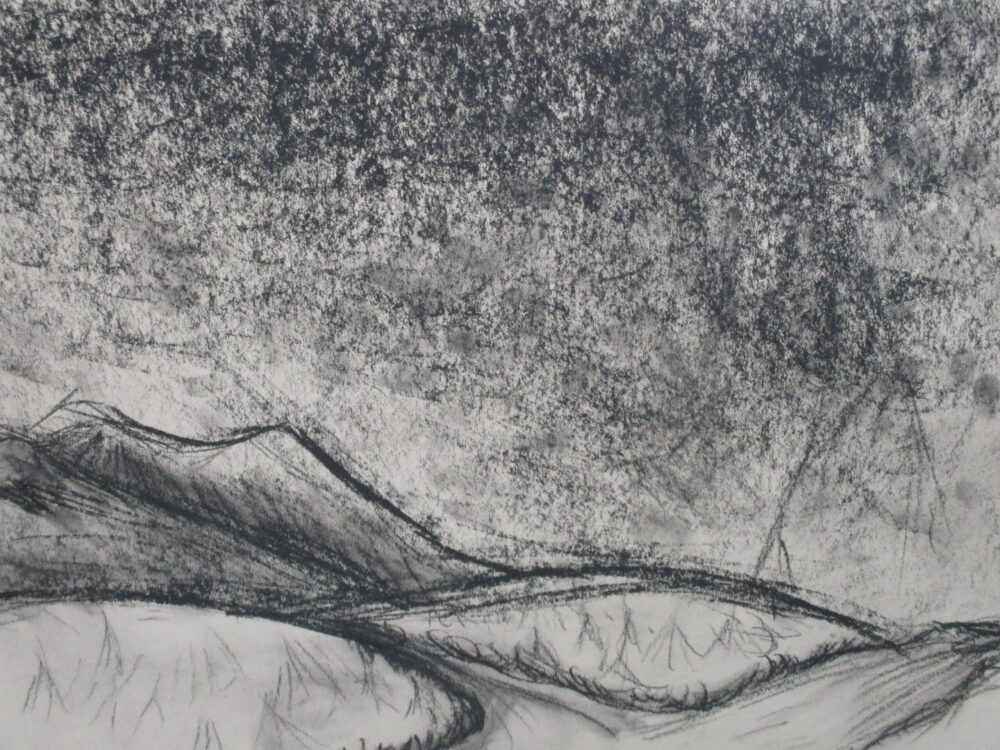
Some descriptive words to keep in mind: Wild, lonely, frightening, threatening, windy, eerie, impending, dark.
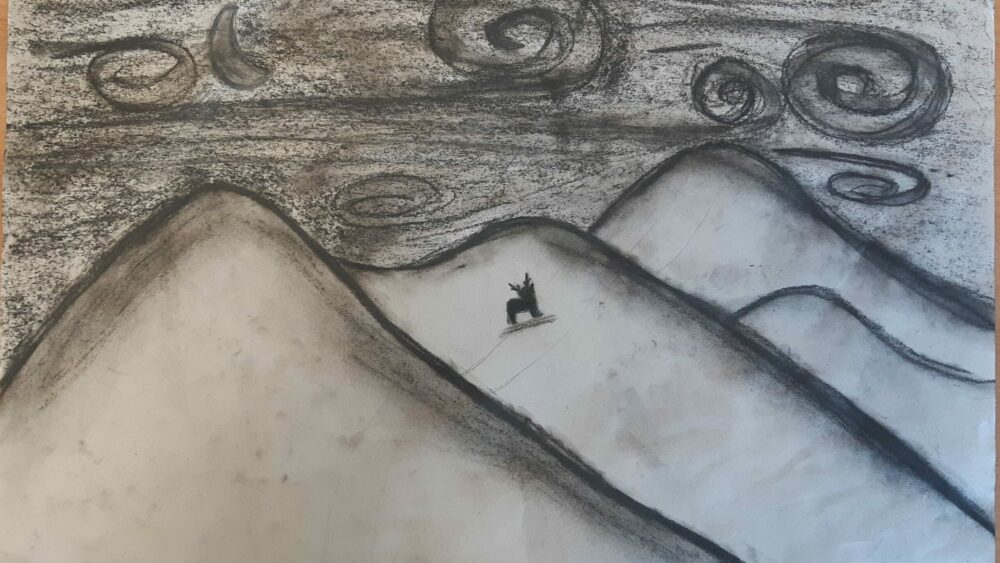
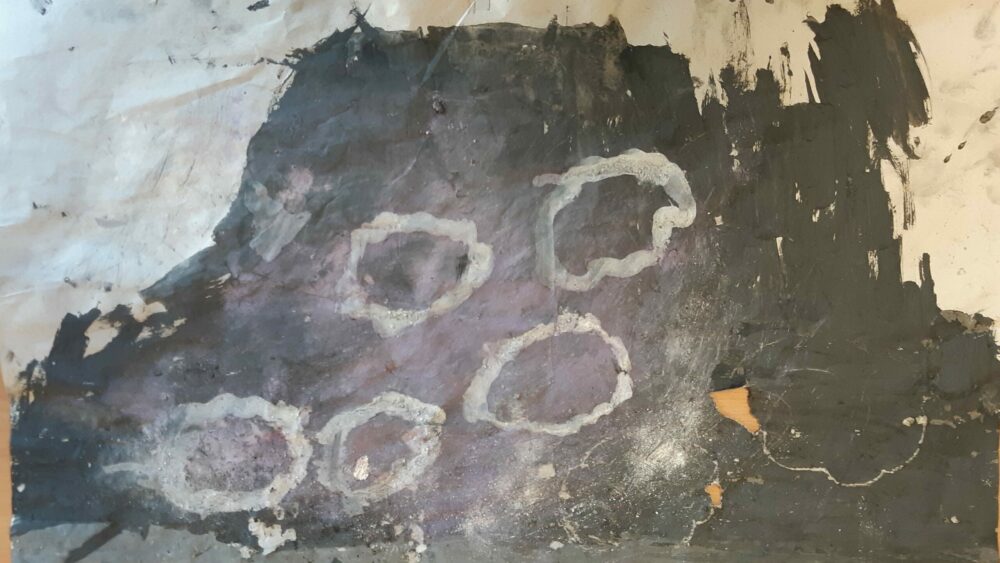

Reflection:
Pin your work up or take it turns to hold your work up.
What techniques did you find made it easier to create your heathland?
What did you find challenging?
Why do you think Shakespeare begins his play in this setting and how does this set the tone for what is to come?
Move onto session two here.
